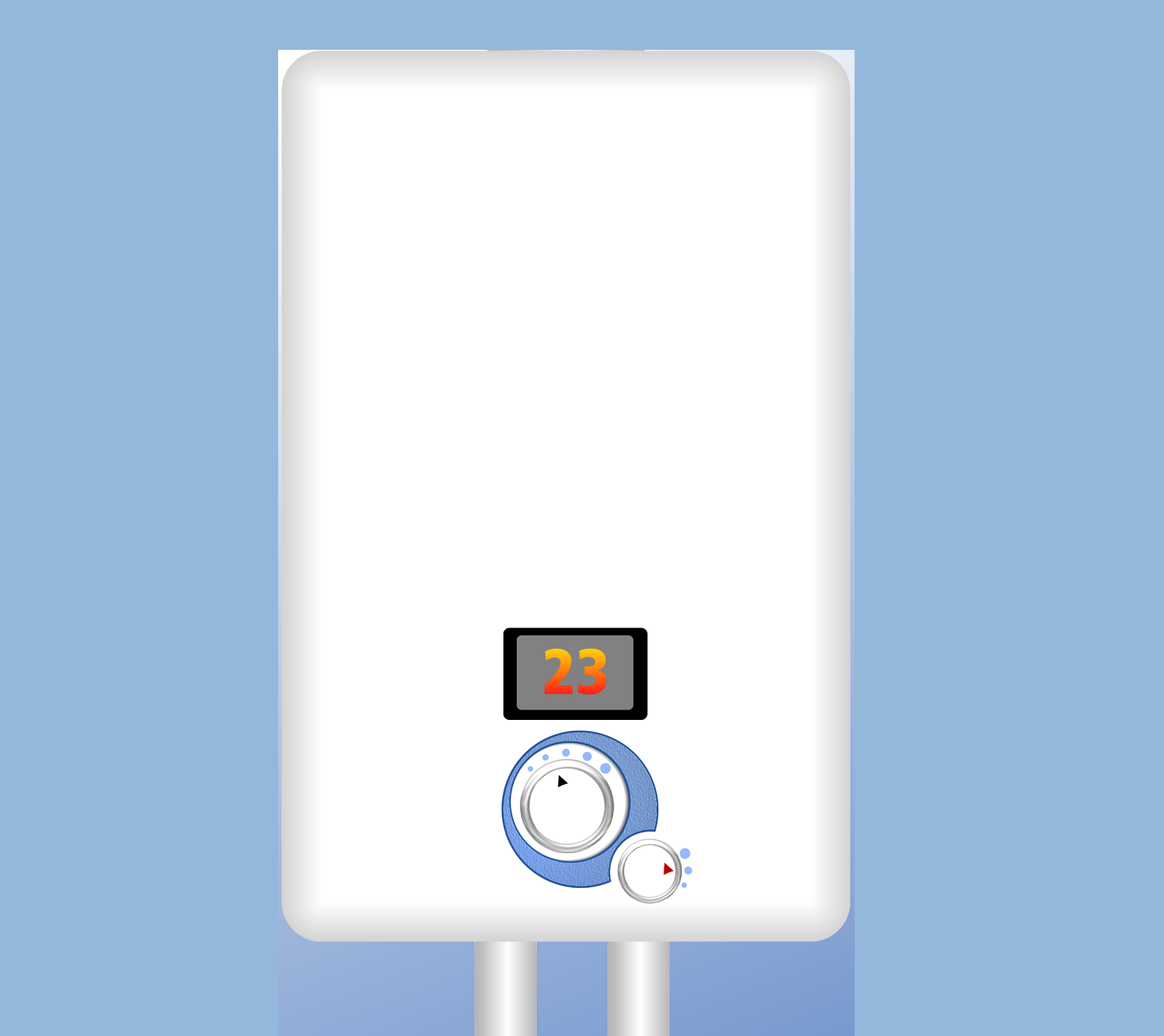One of the largest consumers of electricity on South Africa’s grid is the household geyser, which can take up about 12% of the grid’s operational capacity, and can account for up to 40% of a household’s electricity bill.
However, there are ways to save money and electricity. According to MJ (Thinus) Booysen, a professor and chair in the Internet of Things at Stellenbosch University’s Faculty of Engineering, households can save between 6% and 29% of energy used by geysers. Amid South Africa’s energy crisis, here are some ways to take control of household heating systems.
Turn it off
Booysen believes that turning off geysers is the most efficient way to save energy, and is also safe to do and will not damage the appliance. Households can implement this by turning the appliance off just before using hot water, keeping it off for as long as possible and then switching it on again about two hours before it’s needed.
When left on, the thermostat in the geyser automatically starts to reheat when a hot tap is opened and cold water flows into the geyser. Although geysers insulate hot water and keep it warm, it inevitably loses thermal energy to the environment at a rate proportional to the water’s temperature. Thus, by turning them off before use, the cold water is not heated and is susceptible to losses when hot water is not needed.
By switching the geyser off, consumers are delaying that cycle of having to constantly reheat water that is still warm enough to use and which loses thermal energy.
“As you start to shower, cold water rushes into the tank and goes around the thermostat, which means the thermostat immediately turns on. Even if you just wash your hands with hot water, the thermostat turns on, and it dumps excess energy into the tank, which we want to prevent,” Booysen explains.
Lower the temperature
The second way to save energy is by monitoring the temperature; a geyser that warms the water to anything higher than 55°C will waste energy, Booysen says.
This is because using less hot water corresponds to how much energy is used for heating – the hotter something is, the faster it loses energy. When it’s colder, the rate at which water loses energy is less. Therefore, the lower the temperature a geyser is set to, the less energy is needed to heat the water up as it cools.
"If you have a mug with coffee in it, and you put that mug on the table and let it cool down, then the rate at which it loses energy is faster if it’s warm. If it’s colder, the rate at which it loses energy is less. So, you want to operate the geyser at the lowest temperature possible to not lose energy," Booysen explains.
Of course, the water should still be warm enough for people to enjoy their showers, but, according to articles such as in The Wall Street Journal, the perfect temperature for a shower is between 35°C and 45°C, so there’s little chance one will get cold by limiting a geyser to 55°C.
If the geyser gives the user electronic control to adjust the temperature, this is easy to do. If not, switching the geyser off completely achieves the same goal.
While switching geysers off and lowering the temperature does save electricity, Booysen notes that it is still important to turn the appliance back on to heat up for an hour or two (an alarm set two hours before one’s regular showering time might help). This is due to Legionella bacteria, which can grow in geysers and can cause Legionnaires’ disease, a lung infection. If you are able to adjust the temperature manually, Booysen recommends setting the geyser to 60°C for an hour once a day, before using hot water, to kill off any bacteria.
What about insulation?
Geysers are designed with insulation in mind, and while there are many options on the market for insulation blankets and other insulation materials, Booysen explains that the energy savings are minimal.
“There is thick insulation between the cylinder [of the geyser] and the outside world… so putting a blanket on top helps almost nothing. What does help is if you insulate the piping, but that helps very little … about 2%,” he says.
Make efficient purchases
For those looking to buy a water-heating appliance, there are a variety of options at various prices and with varied efficiency.
First, Booysen recommends a solar heating system such as evacuated tubes or photovoltaic solar panels. Evacuated tubes feature parallel rows of transparent glass tubes containing a metal absorber such as copper that absorbs solar energy and then heats up water directly for consumption. With solar panels, the panels generate electricity which is then used to power a geyser.
Second, Booysen says, a heat pump is far more efficient than a geyser. Heat pump water heaters still use electricity, but instead of generating heat directly, they pull heat from the surrounding air and transfer it, at a higher temperature, to heat water in a storage tank.
Third, buying a smaller geyser can save electricity too. Many can hold up to 150l, even though, according to Booysen, an 80l to 100l geyser is enough for most households. DM/ML
MJ (Thinus) Booysen and his team have developed a geyser savings calculator, which helps users understand where they can save electricity from their geyser.
In case you missed it, also read Pay less for electricity by getting your head around Eskom’s sometimes confusing block tariffs
https://www.dailymaverick.co.za/article/2022-09-21-pay-less-for-electricity-by-getting-your-head-around-eskoms-sometimes-confusing-block-tariffs/
Visit Daily Maverick's home page for more news, analysis and investigations





